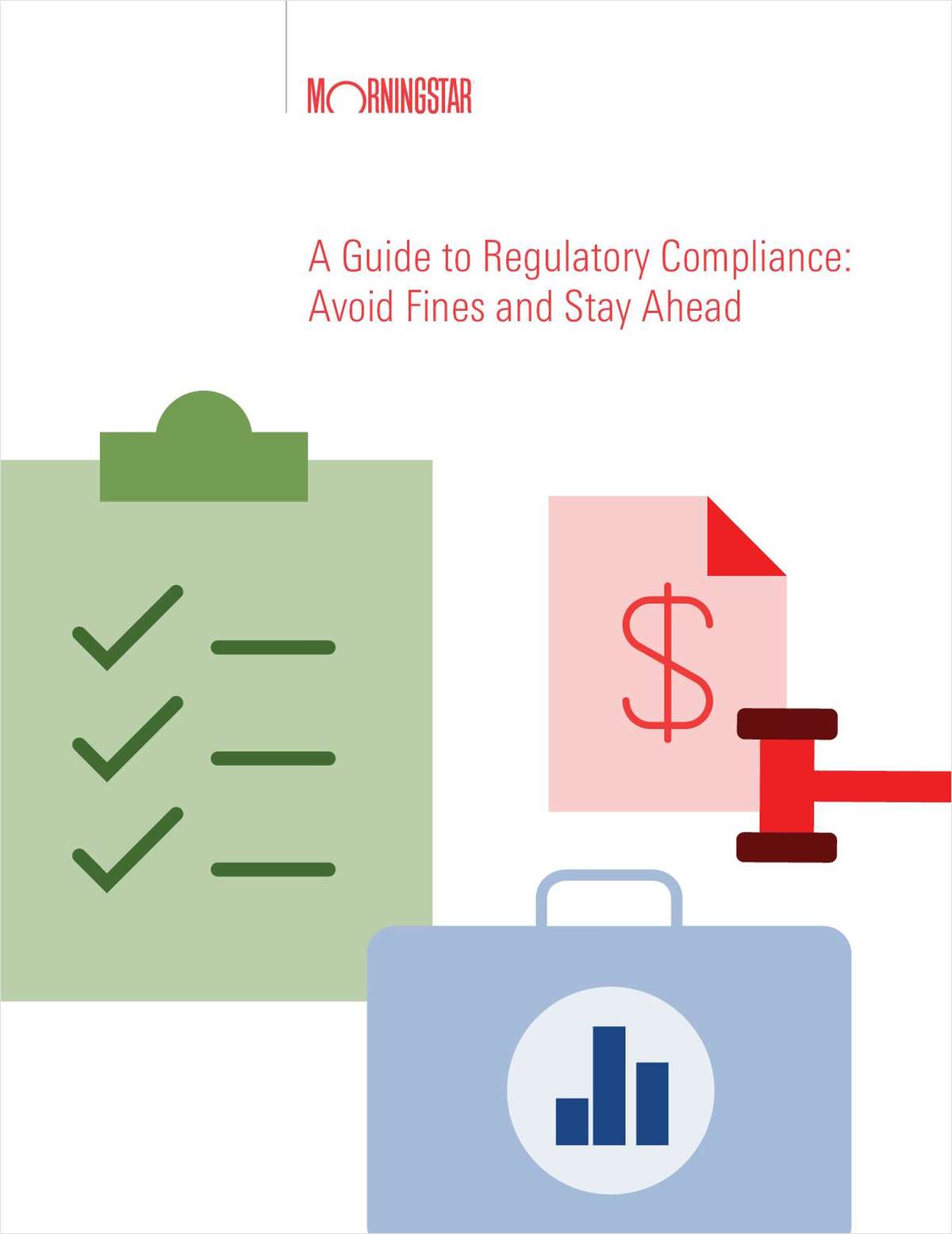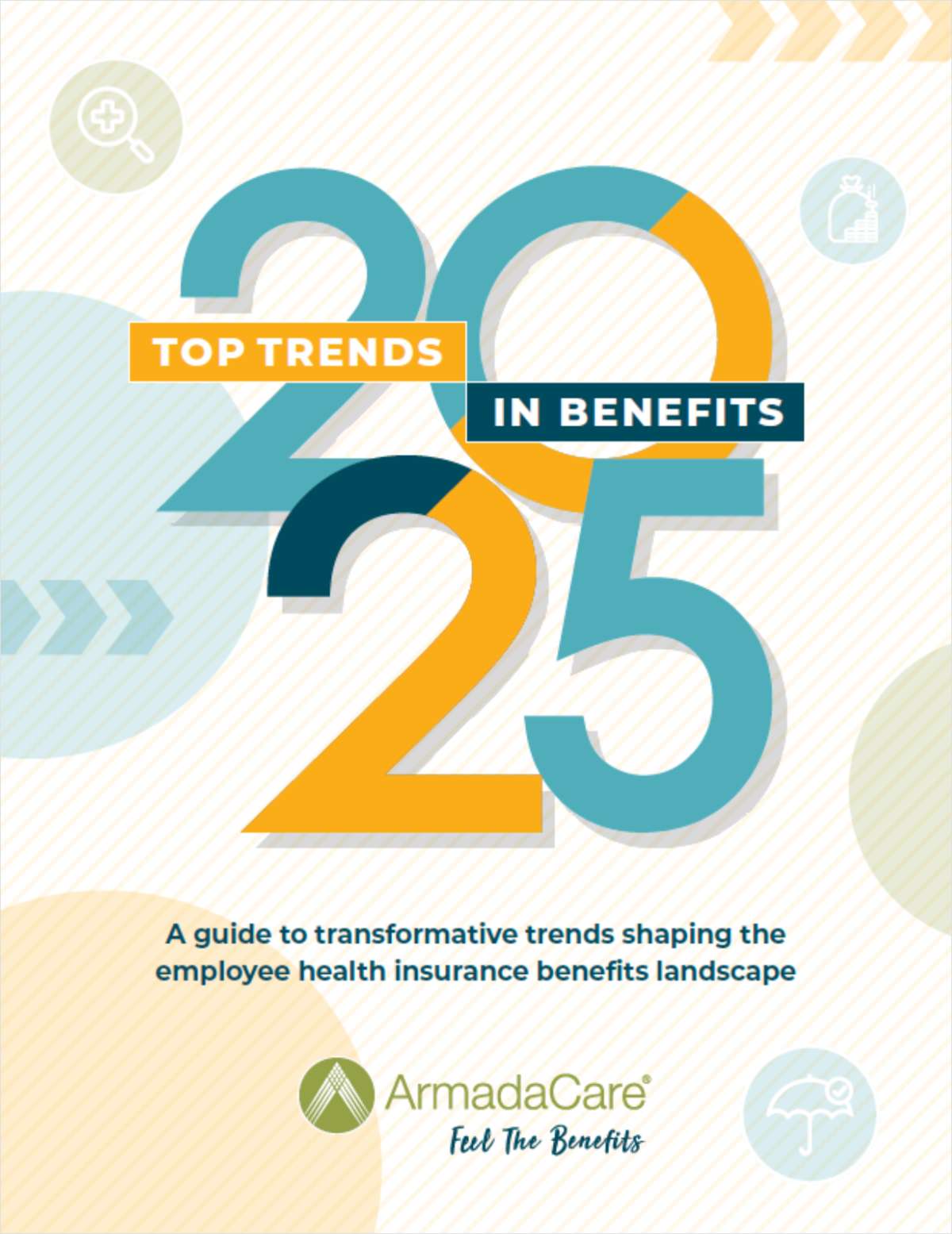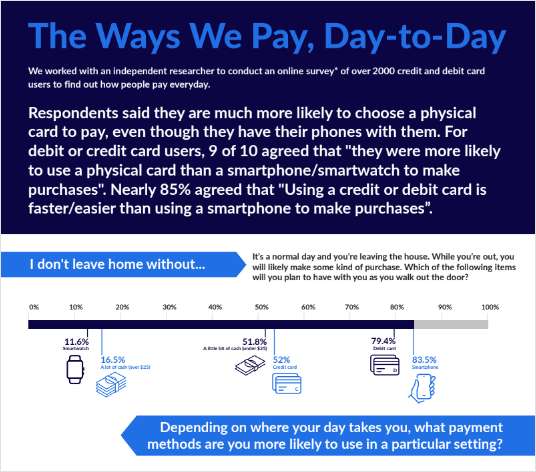Examining the Boundaries Under Conn.'s Family Car Doctrine
The family car doctrine is a misnomer of sorts. It is not limited to those in consanguinity with the owner.
August 03, 2017 at 03:00 PM
5 minute read
The family car doctrine is not as straightforward as it sounds. It extends beyond family members, and imputes liability on those who are not merely the title holder of the car. This article explores the boundaries of the family car doctrine as it currently exists in Connecticut jurisprudence: (1) who is a “family” member under the doctrine? and (2) who is a proper defendant for vicarious liability under the doctrine?
The family car doctrine found its beginnings in Connecticut jurisprudence in 1919. In Wolf v. Sulik, 93 Conn. 431 (1919) a plaintiff was injured when his wagon was struck by a car. The car was owned by the defendant-wife and being driven by her husband. The Connecticut Supreme Court upheld the trial court's judgment holding the wife vicariously liable for the husband's negligence. In so doing, the court relied on the principals of respondeat superior. The court held that because the wife purchased the car for the pleasure and convenience of her husband, she was liable for his negligent acts.
Four years later, the Connecticut Supreme Court formally adopted the family car doctrine into the common law. See Stickney v. Epstein, 100 Conn. 170 (1923). There, the court announced “when a motor-car is maintained by the paterfamilias for the general use and convenience of his family, he is liable for the negligence of a member of the family having general authority to drive it, while the car is being used as a family car.” The court went on to clarify that when a household member “maintains an automobile for the pleasure, use and convenience of his family and in pursuance of such purpose authorizes members of his family to use it for such purpose, he by so doing makes such pleasure uses his affair, and constitutes members of the family so operating the car his agents engaged in the prosecution of his affairs.” Id. at 179; see also Dibble v. Wolff, 135 Conn. 428 (1949).
A 'Family' Car?
The family car doctrine is a misnomer of sorts. It is not limited to those in consanguinity with the owner. The Connecticut Supreme Court has attributed vicarious liability to the person who has control over the vehicle's use when the car was driven by: a housekeeper, see Smart v. Bissonette, 106 Conn. 447, and to those who operate the family car on behalf of the household member for which the family car was intended to benefit, see Hunt v. Richter, 163 Conn. 88. Generally, then, the driver must be a member of the household, or operating the car at the direction of a household member who has general authority to use the vehicle. See Luby v. Moore, 2013 Conn. Super. LEXIS 1276 (Conn. Super. Ct. June 7, 2013) (Wilson, J.).
This content has been archived. It is available through our partners, LexisNexis® and Bloomberg Law.
To view this content, please continue to their sites.
Not a Lexis Subscriber?
Subscribe Now
Not a Bloomberg Law Subscriber?
Subscribe Now
NOT FOR REPRINT
© 2025 ALM Global, LLC, All Rights Reserved. Request academic re-use from www.copyright.com. All other uses, submit a request to [email protected]. For more information visit Asset & Logo Licensing.
You Might Like
View All

Plaintiffs Look to Consolidate Manhattan Tolling Program Cases in Federal Court
5 minute read
Connecticut Supreme Court Rejects Businesses' Claim Vehicle Tax Law Unconstitutional
2 minute read
Attorneys Fight Over Last Chance to Examine Norfolk Southern Derailment Site
4 minute readTrending Stories
Who Got The Work
Michael G. Bongiorno, Andrew Scott Dulberg and Elizabeth E. Driscoll from Wilmer Cutler Pickering Hale and Dorr have stepped in to represent Symbotic Inc., an A.I.-enabled technology platform that focuses on increasing supply chain efficiency, and other defendants in a pending shareholder derivative lawsuit. The case, filed Oct. 2 in Massachusetts District Court by the Brown Law Firm on behalf of Stephen Austen, accuses certain officers and directors of misleading investors in regard to Symbotic's potential for margin growth by failing to disclose that the company was not equipped to timely deploy its systems or manage expenses through project delays. The case, assigned to U.S. District Judge Nathaniel M. Gorton, is 1:24-cv-12522, Austen v. Cohen et al.
Who Got The Work
Edmund Polubinski and Marie Killmond of Davis Polk & Wardwell have entered appearances for data platform software development company MongoDB and other defendants in a pending shareholder derivative lawsuit. The action, filed Oct. 7 in New York Southern District Court by the Brown Law Firm, accuses the company's directors and/or officers of falsely expressing confidence in the company’s restructuring of its sales incentive plan and downplaying the severity of decreases in its upfront commitments. The case is 1:24-cv-07594, Roy v. Ittycheria et al.
Who Got The Work
Amy O. Bruchs and Kurt F. Ellison of Michael Best & Friedrich have entered appearances for Epic Systems Corp. in a pending employment discrimination lawsuit. The suit was filed Sept. 7 in Wisconsin Western District Court by Levine Eisberner LLC and Siri & Glimstad on behalf of a project manager who claims that he was wrongfully terminated after applying for a religious exemption to the defendant's COVID-19 vaccine mandate. The case, assigned to U.S. Magistrate Judge Anita Marie Boor, is 3:24-cv-00630, Secker, Nathan v. Epic Systems Corporation.
Who Got The Work
David X. Sullivan, Thomas J. Finn and Gregory A. Hall from McCarter & English have entered appearances for Sunrun Installation Services in a pending civil rights lawsuit. The complaint was filed Sept. 4 in Connecticut District Court by attorney Robert M. Berke on behalf of former employee George Edward Steins, who was arrested and charged with employing an unregistered home improvement salesperson. The complaint alleges that had Sunrun informed the Connecticut Department of Consumer Protection that the plaintiff's employment had ended in 2017 and that he no longer held Sunrun's home improvement contractor license, he would not have been hit with charges, which were dismissed in May 2024. The case, assigned to U.S. District Judge Jeffrey A. Meyer, is 3:24-cv-01423, Steins v. Sunrun, Inc. et al.
Who Got The Work
Greenberg Traurig shareholder Joshua L. Raskin has entered an appearance for boohoo.com UK Ltd. in a pending patent infringement lawsuit. The suit, filed Sept. 3 in Texas Eastern District Court by Rozier Hardt McDonough on behalf of Alto Dynamics, asserts five patents related to an online shopping platform. The case, assigned to U.S. District Judge Rodney Gilstrap, is 2:24-cv-00719, Alto Dynamics, LLC v. boohoo.com UK Limited.
Featured Firms
Law Offices of Gary Martin Hays & Associates, P.C.
(470) 294-1674
Law Offices of Mark E. Salomone
(857) 444-6468
Smith & Hassler
(713) 739-1250










